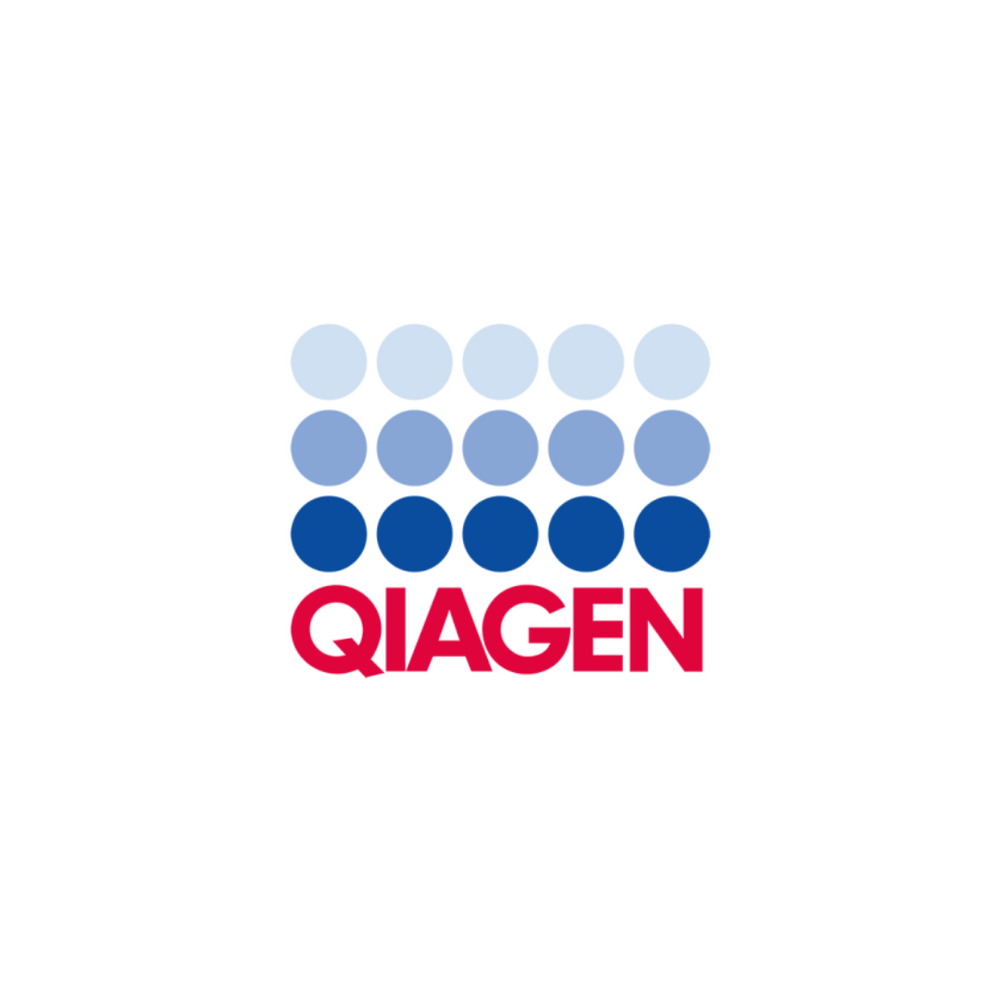
FcγRI ADCP Reporter Bioassay, Propagation Model
Components: 2 × 1 vials FcγRI ADCP Effector cells (CPM)
Background and Summary: Antibody-dependent cell-mediated phagocytosis (ADCP) is an important mechanism of action (MOA) of therapeutic antibodies designed to recognize and mediate the elimination of virus-infected or diseased (e.g., tumor) cells. Unlike antibody-dependent cell-mediated cytotoxicity (ADCC), which is mediated primarily through FcγRIIIa expressed on NK cells, ADCP can be mediated by monocytes, macrophages, neutrophils and dendritic cells via FcγRIIa, FcγRI and FcγRIIIa. In myeloid cells, the expression level of the various receptors is highly dynamic and influenced by cell lineage, tissue microenvironment and local inflammatory state. All three receptors can participate in antibody recognition, receptor clustering and signaling events that result in ADCP.

Biologics Portfolio: Throughout the drug development workflow, researchers need to quantitatively measure the functional activity of a drug candidate. Characterization of Fc effector binding activity of the biologic is a critical aspect of the drug development workflow.
Current methods used to measure ADCP rely on the isolation of primary human monocytes, ex vivo differentiation into macrophages and measurement of target cell engulfment. These assays are laborious and highly variable due to their reliance on donor primary cells, complex assay protocols and unqualified assay reagents. As a result, these assays are difficult to establish in quality-controlled, drug development settings.
The FcγRI ADCP Reporter Bioassay, Effector Cells (Propagation Model Cat.# GA1332; Cell Bank Cat.# GA1330) and Core Kit (Cat.# GA1341, GA1345), is a bioluminescent cell-based assay that overcomes the limitations of existing assays and can be used to measure the potency and stability of antibodies and other biologics with Fc domains that bind and activate FcγRI. The assay consists of a genetically engineered Jurkat T cell line that expresses the high-affinity human FcγRI and a luciferase reporter. The cell line is provided in a Cell Propagation Model (CPM) and Cell Bank formats, which include cryopreserved cells that can be thawed, propagated and banked for long-term use, as well as in a thaw-and-use format consisting of cryopreserved cells that can be thawed, plated and used in an assay without the need for cell propagation. When cocultured with a target cell and relevant antibody, the FcγRI Effector Cells bind the Fc domain of the antibody, resulting in FcγRI signaling and response element-mediated luciferase activity (Figure 1). The bioluminescent signal is detected and quantified using the Bio-Glo™ Luciferase Assay System and a standard luminometer such as the GloMax Discover System (Cat.# GM3000).
The FcγRI ADCP Reporter Bioassay reflects the MOA of biologics designed to bind and activate FcγRI. FcγRI-mediated luminescence is increased in a dose-dependent manner following the addition of Control Ab, Anti-CD20, and Raji Target Cells. Increased luminescence is dependent on the presence of an appropriate antibody and target cell.

Application:
- Confirm FcγRI-mediated MOA.
- Measure antibody potency and stability.
- Screen and rank-order antibodies and ligand.
Benefits and Features:
|
Feature |
Benefit |
|
Bioluminescence reporter-based bioassay |
Quantitative and sensitive measure of FcγRI-mediated antibody signaling |
|
Bioassay reflects the MOA and specificity of ligands and antibodies designed to block binding of FcγRI ADCP Reporter Bioassay Effector cells and Target cells |
Confidence that bioassay can be used for antibody drug development and characterization as well as vaccine research and development. |
|
Bioassay shows the expected rank ordering of human antibody subtypes |
|
|
Thaw-and-use cells (in kit formats) |
No primary cell harvest, cell culture and/or differentiation required. Reduces variability, cost and expertise necessary to perform the assay. |
|
Kits contain qualified media and reagents to perform the assay |
Assay reproducibility, easy-to-implement in a standard laboratory setting |
|
Simple, add-mix-read workflow, optimized protocol |
Rapid assay, easy-to-implement in a standard laboratory setting |
|
Multiple product formats (CPM, MCB and 1X and 5X Thaw-and-Use kits) |
Flexibility to meet diverse customer workflows, manufacturing and quality requirements |


